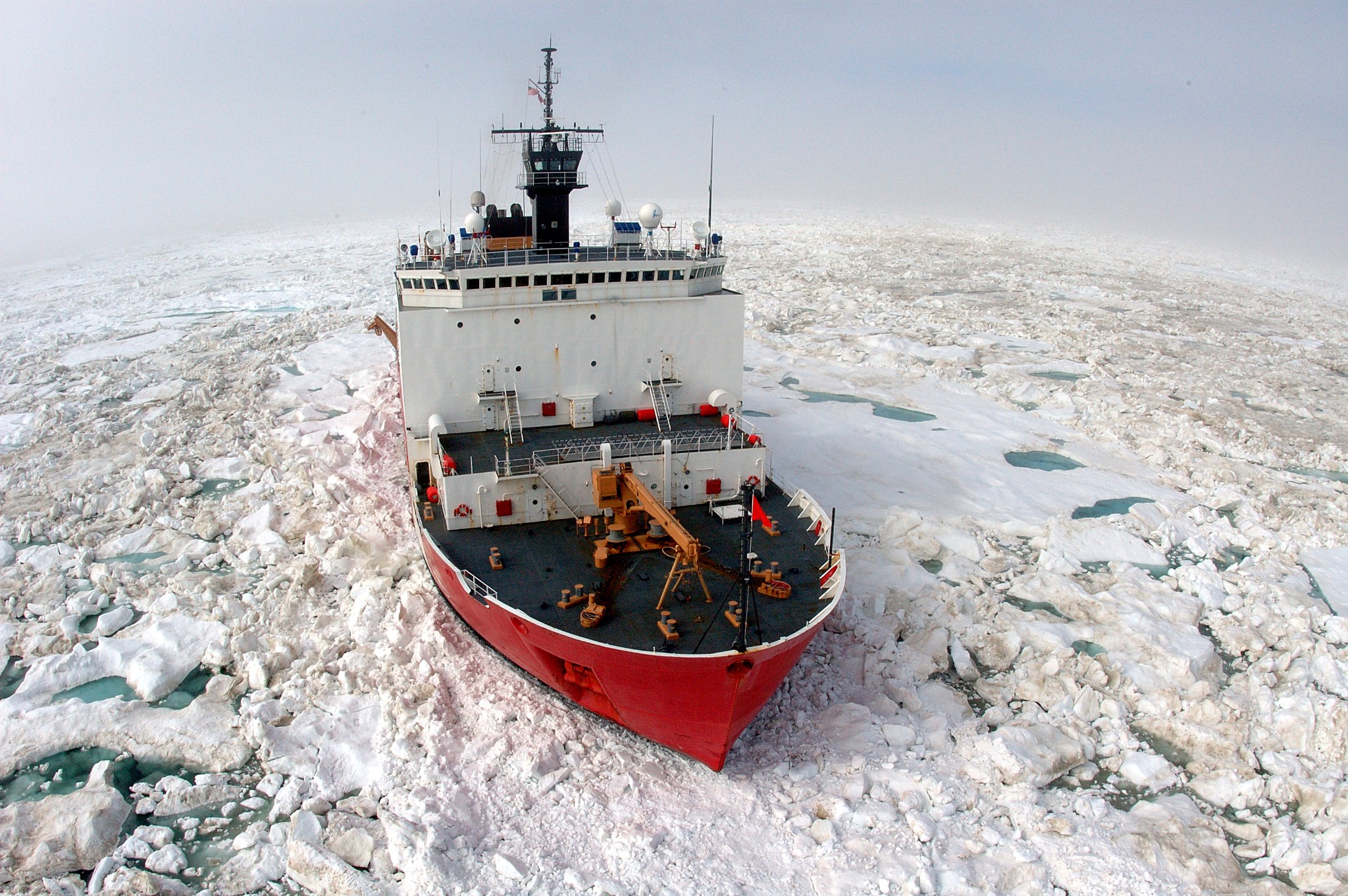 The U.S. Coast Guard
The U.S. Coast Guard
The Need for Increased U.S. Presence in the Arctic
In November, the Senate Foreign Relations subcommittee on Europe, Energy, the Environment, and Cyber met for the first time during the Biden administration to discuss the evolving security dimensions in the Artic. Retreating Arctic ice presents new national security threats and strategic considerations for the U.S. There has been little focus on the security issues in the Arctic in earlier administrations, and the committee hoped that this would be the beginning of a much deeper focus on the issue. Russia and China have already shown their intent to use Arctic passageways as they open and their willingness to deny the U.S. access. Russia’s militarization of its northern shores that face the Arctic Circle also presents security threats. Representatives from the United States Coast Guard, Woodwell Climate Research Center, Inuit Circumpolar Council, and the Heritage Foundation were present at the hearings to inform the committee on the current status of the Arctic and to express their willingness to improve U.S. involvement.
Resource Availability
Resource availability was a key subject discussed during the hearing. One of the many reasons why countries continue to increase their involvement in the Arctic is due to the presence of rare earth mineral deposits there. Countries that are experiencing energy security issues, such as those in central and eastern Europe, see this as an opportunity to become more self-sufficient. Russia has used gas lines and other forms of energy as a bargaining chip to hold over other countries in the region. The problem that will need to be addressed regarding these resources in the Arctic is the lack of technology and knowledge to extract them sustainably.
National Security
China and Russia are the United States’ main competitors in the Arctic. China has claimed that it is a “near-Arctic state” to stay relevant in the region as I could help them economically, however, this designation is questionable considering the closest point to the Arctic circle in China is 811 nautical miles.
In terms of Russia, they have released many ice breakers that can launch cruise missiles giving the U.S. even less time to respond should one of them be launched. In addition, Russia is claiming territory up to the north pole extending their continental shelf definition past the agreed-upon 350 miles beyond the shoreline outlined in the U.N. Law of the Seas Convention. A continued focus for Russia is the increase of economic and strategic capabilities in the Arctic.
The growth of economic trade also has the potential to create national security concerns. With the small number of U.S. ice breakers in the region and limited military presence, there are limited ways to protect the integrity of the shipping routes that exist today, which will continue to expand with the melting of the Arctic ice caps.
U.S. Shortcomings
The U.S. has a small military presence in the Arctic that could worsen the prospects of U.S. involvement in the region. Representatives touched on this heavily during the hearing and made a point to clarify where investment in the region could be improved. The limited number of satellites suited to provide information in the arctic makes it difficult for military installations and ships to navigate, communicate, and transfer data effectively. This lack of information interferes with military readiness and decreases national security.
In addition, the U.S. does not have an expansive ice breaker fleet in the region. Ice breakers should become more present in the Arctic and include appropriate weapons should the U.S. ever have to show force. Lastly, there is insufficient military base funding in the region. This is needed to combat the challenges that come with the harsh climate of the region, such as the melting ice and thawing permafrost, which contribute to the instability of infrastructure in these installations and decreased military readiness. Once these shortcomings are addressed, the U.S. will be capable of enforcing its sovereignty in the region.
Suggestions to Improve Security Posture in the Arctic
Several suggestions were presented during the hearing to improve U.S. involvement and decrease security risks in the region. First, there are currently no American deep ocean ports along Alaska’s Arctic coast. Deep-water ports will allow ships to easily access, and transport resources needed to diversify Alaska’s economy, provide better search, and rescue capabilities off the coast. Second, increased bandwidth for communication and data sharing will close the shortcomings that the U.S. faces to be effective in the Arctic. Lastly, there was a mentioning of making the Arctic a zone of peace with the aspiration that this declaration would increase the amount of discussion between nations while increasing the number of countries at the table for discussion beyond those that are Arctic states.
Conclusion
The Arctic presents many opportunities but also many national security threats for the U.S. For too long, the U.S. has not been an active member in the region and needs to invest further in its military role and in its ability to ship goods through the region. This must be done so that adversaries do not prevent U.S. involvement in the region. The U.S. needs to have more of a leadership role to balance the importance of stewardship over competition in this fragile part of the world.





